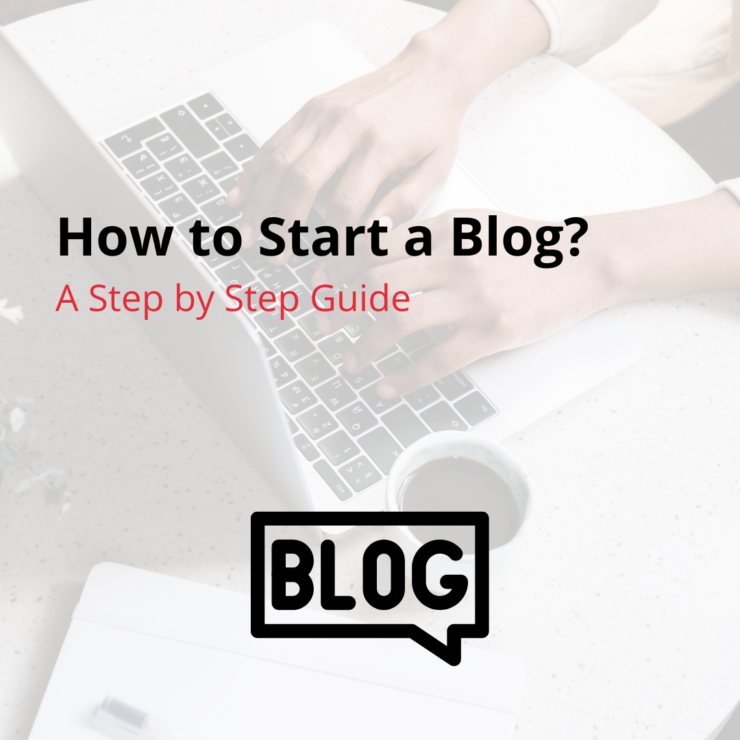Starting a blog is an excellent way to share your passion, build your personal brand, or even earn an income. However, many people are unsure where to begin. In this post, I’ll guide you through all the essential steps to create and run your own blog successfully.
1. Define the Purpose of Your Blog
- Do you want to share knowledge on a specific topic?
- Are you building your personal brand?
- Or are you looking for an additional source of income?
Your goals will influence every aspect of blogging, from your niche to your promotion strategy.
2. Choose Your Blog’s Niche
Your niche should:
- Align with your interests and expertise – creating valuable content will be easier.
- Have an audience – check if people are searching for information on this topic (using tools like Google Trends).
- Stand out from the competition – find a unique perspective to attract readers.
Popular niches include lifestyle, travel, finance, health, personal development, and tech.
3. Select a Blogging Platform
To get started, choose a user-friendly platform that allows you to focus on content.
- WordPress.org (Recommended by us): The most popular CMS, offering lots of flexibility. Requires hosting but is great for long-term growth.
- Wix or Squarespace: Easy-to-use platforms with pre-designed templates.
- Medium: Ideal for those who want to write without dealing with technicalities.
Decide whether you’ll go for a free solution or invest in hosting and a custom domain.
4. Choose a Blog Name and Domain
Your blog name should be:
- Simple and memorable.
- Relevant to your niche (but not overly restrictive, allowing room for growth).
- Unique – check domain availability (e.g., yourdomain.au, yourdomain.com.au).
5. Set Up the Technical Basics
If you choose a platform like WordPress.org, you’ll need to:
- Purchase hosting – options include e.g. Smarthost.au
- Install WordPress.
- Pick a theme – free or premium, depending on your vision.
Also, install essential plugins like:
- SEO tools (e.g., Yoast SEO).
- Security plugins (e.g., Wordfence).
- Analytics tools (e.g., Google Analytics).
6. Create Essential Pages
Before publishing your first posts, make sure your blog has key pages:
- About – a brief story about you and your blog’s purpose.
- Contact – a way for readers to get in touch.
- Privacy Policy – required if you collect data (e.g., via cookies).
7. Start Writing and Publishing Content
Begin by writing posts that address common questions or challenges in your niche. Focus on creating valuable and engaging content.
Tips for your first posts:
- Use simple language for easy readability.
- Break up text with headings, lists, and visuals.
- Optimize posts for SEO – choose relevant keywords.
8. Promote Your Blog
Writing isn’t enough – you need to reach your audience!
- Share posts on your social media profiles.
- Build an email list and keep subscribers updated with new content.
- Comment on other blogs to network and increase visibility.
9. Track Results and Improve Your Blog
Regularly analyze your data to see what works best. Monitor:
- Website traffic (e.g., with Google Analytics).
- Reader engagement – how long readers stay on your site, most-read posts, etc.
- Traffic sources – where your readers are coming from (e.g., social media, Google).
Use this information to refine your content and promotion strategy.
10. Enjoy the Process!
Blogging is a long-term investment. Patience and consistency are key to success. Don’t be afraid to experiment, learn new things, and enjoy the journey of creating content.
Are you ready to start your blogging adventure? If so, start today! 🎉
- What is Link Building and Why is it Important for WordPress? - February 15, 2025
- 10 Common Mistakes When Choosing a Hosting Provider – What to Avoid? - January 25, 2025
- Why Fast Hosting Matters for E-Commerce Businesses in Australia? - January 18, 2025

